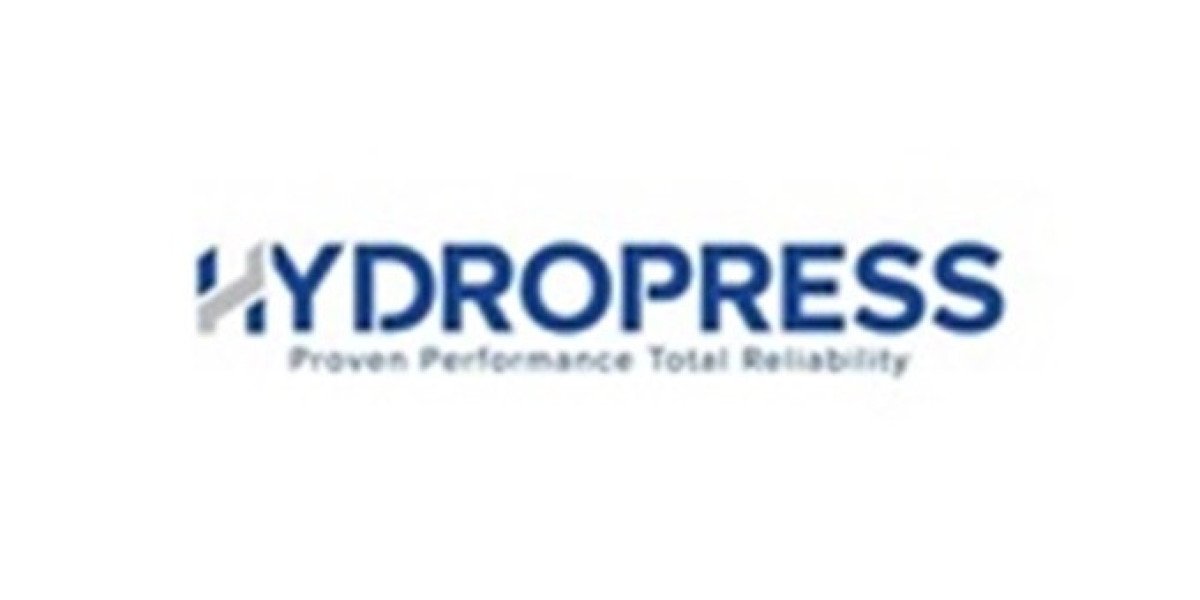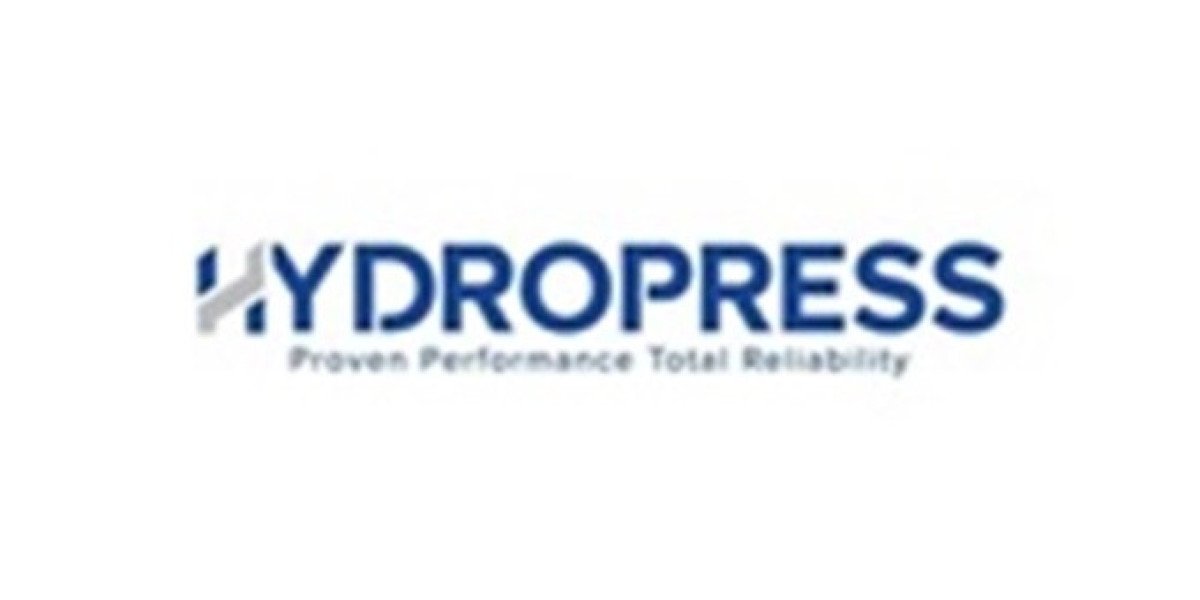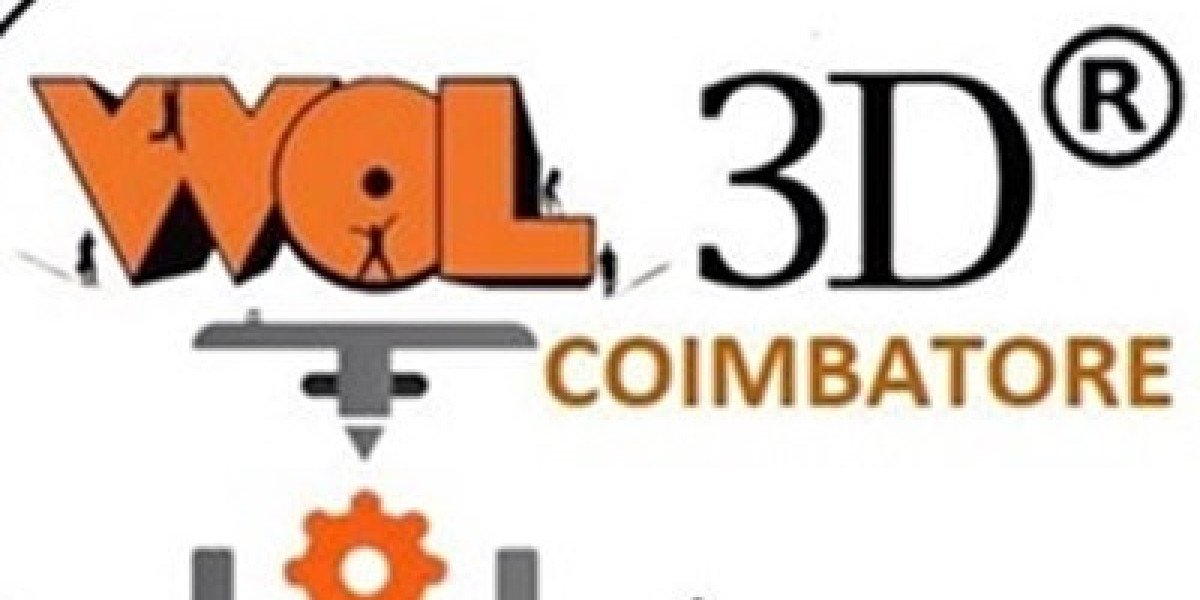In an era where drug safety has taken center stage globally, professionals in the pharmaceutical and healthcare industries are recognizing the increasing importance of specialized education. A pharmacovigilance certification has evolved from a “nice to have” credential into a “must-have” qualification for anyone pursuing a serious career in drug safety. From regulatory compliance to clinical research, pharmacovigilance touches every stage of the drug development and monitoring process.
As adverse drug reactions become more publicly scrutinized and safety regulations grow increasingly complex, the demand for qualified experts is soaring. Let’s explore why earning this certification can significantly elevate your professional trajectory in today’s data-driven, regulation-intensive healthcare environment.
The Growing Importance of Pharmacovigilance in Global Healthcare
Pharmacovigilance plays a vital role in protecting public health by monitoring, assessing, and preventing adverse effects of pharmaceutical products. With the pharmaceutical industry growing rapidly, so too is the demand for systems that ensure medication safety post-launch. This makes skilled professionals essential.
International drug regulatory authorities, including the FDA, EMA, and CDSCO, are enforcing more stringent compliance standards. Organizations that lack adequately trained personnel risk fines, product recalls, or worse—damaged reputations. Consequently, a pharmacovigilance certification equips professionals to meet these increasing expectations with competence and credibility.
How a Certification Sets You Apart in a Competitive Market
Whether you're a fresher entering the pharmaceutical space or a seasoned professional pivoting into drug safety, a recognized pharmacovigilance certification can provide an instant boost to your résumé. It validates your expertise in areas such as adverse event reporting, regulatory documentation, and signal detection.
More importantly, certification can make you stand out during hiring or promotion evaluations. Employers trust certified candidates to handle complex tasks and uphold global compliance standards, which makes it easier for them to justify better compensation and advanced roles.
Practical Knowledge That Goes Beyond Theory
One of the primary advantages of structured pharmacovigilance training is its hands-on curriculum. A well-designed course covers critical processes such as spontaneous case reporting, risk-benefit assessment, and aggregate reporting—a cornerstone of post-marketing surveillance.
In particular, aggregate reporting involves compiling and analyzing data on drug safety trends across populations. Mastery of this area is vital for maintaining drug licenses and ensuring public trust in medications. The knowledge and skills acquired through a good certification program prepare professionals to handle real-world challenges with confidence.
Understanding the Landscape: From Pre-Marketing to Post-Marketing Surveillance
Drug safety responsibilities begin long before a drug reaches the pharmacy shelf. Pharmacovigilance spans the entire product lifecycle—from clinical trial monitoring to long-term safety reporting. Professionals who understand both sides of this spectrum are incredibly valuable.
A pharmacovigilance certification offers insight into different data collection methods, such as clinical trial adverse event tracking and patient-reported outcomes. This comprehensive perspective enables professionals to design better risk management plans and deliver superior public health outcomes.
Why Employers Prioritize Certified Candidates
In high-stakes fields like drug safety, employers are risk-averse by nature. They want to ensure that the professionals they hire can keep them compliant with both local and international regulations. Certification acts as third-party proof that a candidate has the necessary skills and dedication to deliver at high levels.
Moreover, trained individuals often require less onboarding and are quicker to adapt to standard operating procedures (SOPs) and technologies used in pharmacovigilance systems. This increases workplace efficiency and helps pharmaceutical companies maintain continuous compliance—a key metric for success in this industry.
The Critical Role of Aggregate Reporting in Drug Safety
Aggregate reporting is a specialized but vital function within pharmacovigilance. It involves analyzing cumulative data from various sources to identify patterns that may not be visible through individual case reports. This process helps detect emerging safety signals and supports regulatory decision-making.
A pharmacovigilance certification program typically includes detailed modules on aggregate reporting, helping professionals understand how to compile periodic safety update reports (PSURs), development safety update reports (DSURs), and other regulatory submissions. This expertise is indispensable in multinational organizations that need to meet global regulatory standards.
Stay Ahead with Signal Detection and Advanced Tools
Signal detection is a sophisticated component of pharmacovigilance that uses statistical tools to identify unexpected safety concerns. Certification programs delve into signal detection methodologies, equipping professionals to manage risks before they escalate into public health crises.
Modern pharmacovigilance increasingly relies on AI tools, machine learning, and data mining techniques. A forward-thinking pharmacovigilance certification introduces learners to these technologies, allowing them to remain relevant in a tech-driven workplace.
Unlocking Career Opportunities Across the Globe
Pharmacovigilance is a global discipline. Regulatory agencies worldwide—such as the U.S. FDA, European Medicines Agency, and India’s CDSCO—require robust safety monitoring systems. Thus, certified professionals can find rewarding opportunities not just locally, but internationally.
Roles such as Drug Safety Associate, Signal Detection Specialist, Risk Management Analyst, and Pharmacovigilance Auditor are becoming increasingly available. Certification broadens your scope to explore these specialized roles in CROs, pharmaceutical companies, biotech firms, and regulatory consultancies.
Making the Right Choice: Selecting a Reputed Certification Program
Not all certification programs are created equal. It’s essential to choose a course that is recognized by industry stakeholders and offers in-depth training with practical case studies. Look for programs that are structured around current regulatory frameworks and taught by industry experts.
The YesM Pharma Pharmacovigilance Certification is one such example. It provides comprehensive coverage of core pharmacovigilance functions and includes dedicated modules on aggregate reporting, making it ideal for professionals who want to gain an edge in the competitive drug safety landscape.
Conclusion: Certification as Your Launchpad to a Successful Career
The field of pharmacovigilance is evolving rapidly, with heightened focus on patient safety and data-driven regulation. Earning a pharmacovigilance certification is more than just a career move—it’s a commitment to excellence in protecting lives through safe medicine use.
Whether you're entering the field or looking to climb the ladder, a structured certification equips you with the tools, confidence, and industry recognition needed to thrive. In an industry where credibility matters, investing in the right education can pay dividends throughout your career.






